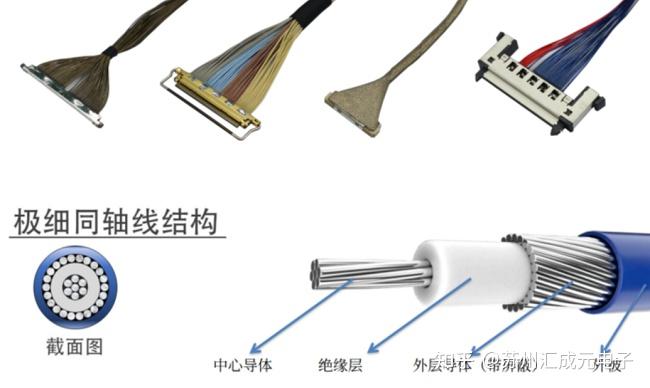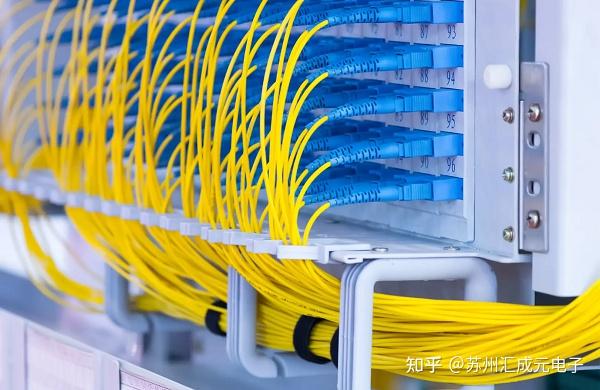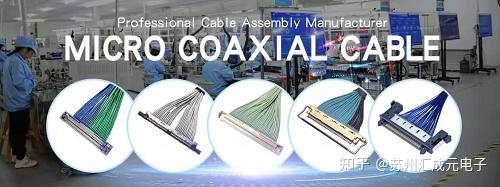Categorization:Harness Component
In electronic devices and communication systems, the choice of signal transmission method often determines the overall performance. With the development of high-speed transmission and miniaturization, extremely thin coaxial cables (micro coaxial cable) and optical fibers have become two solutions frequently compared by engineers. Then, in terms of signal loss, which solution is more optimal?
The characteristics of ultra-fine coaxial lines
Extremely thin coaxial cables are composed of an inner conductor, a dielectric layer, and a shielding layer, and can achieve high-speed signal transmission at extremely small diameters. Their shielding layer can effectively resist external electromagnetic interference and ensure signal stability. However, coaxial cable signals are transmitted in the form of current in metal conductors, thus there are several types of losses: conductor loss: conductors have resistance, and the skin effect at high frequencies will increase losses; dielectric loss: insulating materials will absorb some energy; length dependence: the longer the cable, the greater the loss, especially at the GHz frequency band; installation factors: bending, poor joints, impedance mismatch, etc., will increase signal reflection and attenuation. Therefore, extremely thin coaxial cables are more suitable for short-distance high-speed interconnections, such as internal connections in mobile phones, tablets, medical devices, or automation equipment.
The characteristics of fiber optic cables
Optical fibers transmit data through light signals, relying on the principle of total internal reflection. Their greatest advantage is ultra-low loss: single-mode fibers have an attenuation of only 0.2~0.3 dB/km at the commonly used 1550nm wavelength; over distances of several hundred meters to several kilometers, energy loss is almost negligible. At the same time, optical fibers are not affected by electromagnetic interference and have much stronger anti-interference capabilities than coaxial cables. Of course, there is some loss when optical fibers are spliced or connected, and excessive bending radii can also cause additional attenuation, but the overall loss is much lower than that of coaxial cables over long distances.
Comparison of Application Scenarios
Short distance (centimeters to several meters): The extremely thin coaxial cable has significant advantages in space-limited and high-speed interconnection applications, with lower cost and convenient installation.
For medium to long distances (from 100 meters to kilometers): Fiber optics is almost irreplaceable, as its low loss and anti-interference capabilities ensure stable and reliable transmission.
In special environments: when high flexibility, repeated bending, and small volume are required, extremely thin coaxial cables are more flexible; for pursuing bandwidth and low loss, fiber optics are the preferred choice.
In summary, if signal loss is the sole criterion, optical fibers are clearly superior to extremely thin coaxial cables in long-distance transmission, enabling low attenuation and high-fidelity transmission. However, in short-distance high-speed interconnections, extremely thin coaxial cables are still irreplaceable, as they possess unique advantages in terms of size, flexibility, and engineering adaptability. Understanding the characteristics and application scenarios of both is essential for making the most appropriate choice in actual design.
I amSuzhou Huichengyuan ElectronicsLong-term focus on the design and customization of high-speed signal cable harnesses and ultra-thin coaxial cable harnesses, committed to providing stable and reliable high-speed interconnection solutions. If you have related needs or want to learn more, please contact:Manager Yin 18913280527 (WeChat number the same)。